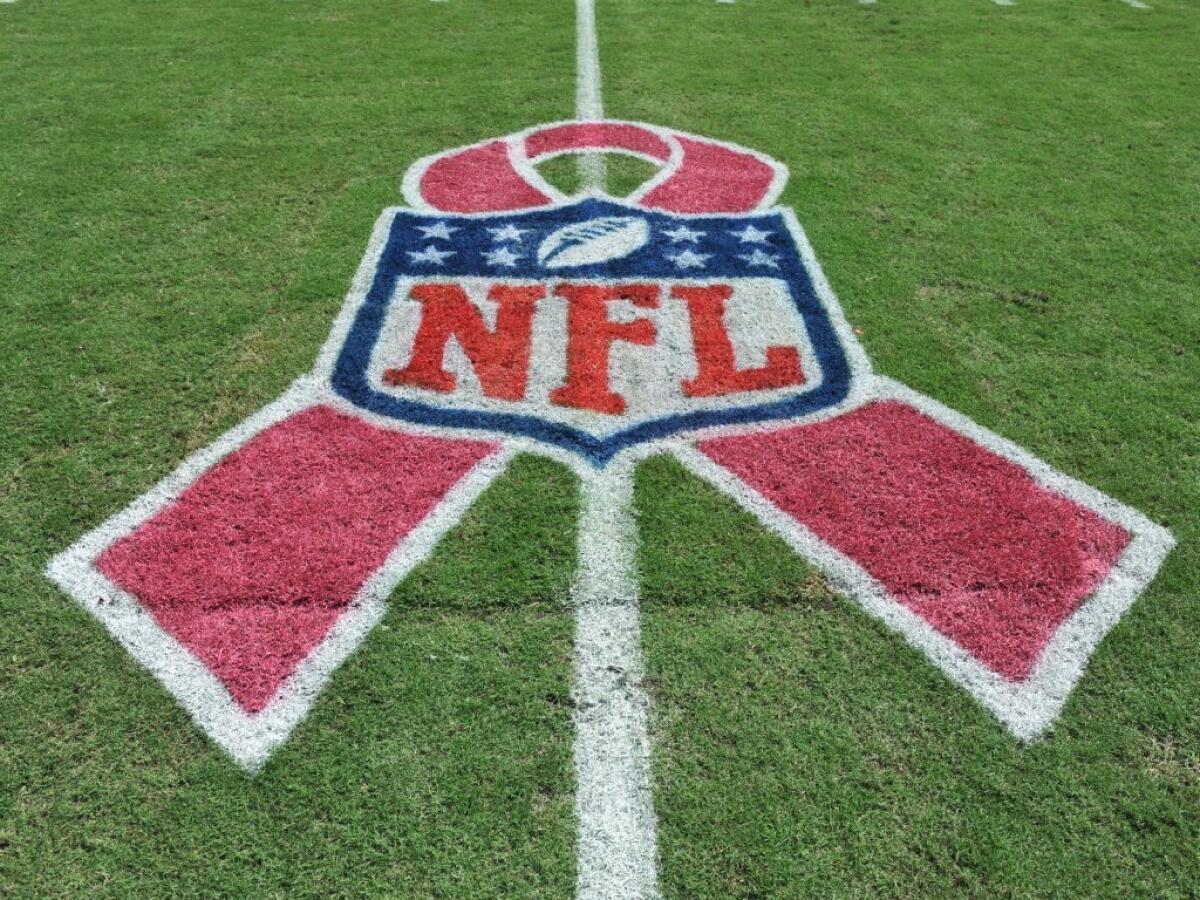What’s behind the pink of Breast Cancer Awareness Month?

Welcome to October, the official Breast Cancer Awareness Month — and the unofficial breast cancer marketing month.
Pink is the new green, and we’ve seen what happens to that. Green-brag has found its way everywhere. The name for a secondary color has become a primary marketing tool — a badge that purportedly shows that some product or service is tender-minded when it comes to the environment, and therefore the compassionate customer who buys it is helping to save the Earth.
“Green” isn’t always what it seems, of course, and “greenwashing” is the neologism to bust bogus environmental-friendliness just as “AstroTurf roots” is for politics, describing a fake grass-roots movement.
There’s no absolute green meter of truthfulness, no legal scale for terms like “eco-friendly” or “environmentally sensitive,” so ad copywriters can throw around “green” pretty much as they like, to make as much green as possible. Forbes, the business bible, has warned about greenwashing that can come back to bite consumers when building and product standards demand real green, not the faux kind.
Different cause, different color, same technique — the world of breast cancer causes is awash in pinkwashing. Bloggers and websites follow the money trail to find out how “pink” some product’s promises are: Does it really donate any significant profits to breast cancer research or treatment? Or is the pink just a feel-good marketing tool whose real “cause” is a corporate bottom line? What does it really mean, that anodyne marketing phrase, “A portion of the proceeds from this product will be donated to help fight breast cancer”?
For about five years, NFL players have taken to the greensward wearing pink breast cancer awareness ribbons, for the benefit of the American Cancer Society. But the NFL also has been taken to the woodshed by those who suspect that the league going pink is at least as much about reaching the elusive female football fan demographic as about beating breast cancer.
This month, the breast cancer activist site www.bcaction.org is taking its challenges one step further than questioning the value of selling self-styled pink products. The group wants to suss out any carcinogens in pink-ribbon products, substances that can actually contribute to potential breast cancers, and to “ban the toxins that make us sick in the first place.” It wants the nearly 40-year-old Toxic Control Substances Act updated, and it’s putting out the word about the possible dangers of pink-ribbon products and promotions.
Among them, according to the website Jezebel, are cosmetics with chemicals linked to cancer. Breast Cancer Action cited “Promise Me,” a since-reformulated fragrance from the Susan G. Komen for the Cure, then the nation’s biggest breast cancer advocacy group. It contained a synthetic hormone called galaxolide as well as toluene, a solvent that smells like paint thinner and is listed under California’s Proposition 65 as a known carcinogen. The organization broke off its tie to the perfume maker.
Cleaning products to cars — the message is that just because they promote pink causes doesn’t mean they’re promoting consumers’ health. But without updating and toughening toxic standards that were put into law the same year Jimmy Carter was elected president, Breast Cancer Action says, the hazards will go unrecognized.
I don’t know how Paramount would like this, but someone needs to recruit the original “Pink Thinker” — Kay Thompson’s fashion editor character and her “Think Pink” number in the 1957 Audrey Hepburn film “Funny Face.” It didn’t connect to cancer, of course, but it saw the whole pink marketing picture decades before its time.
ALSO:
Wilshire Boulevard is no place for cyclists
Derek Ouyang, home improver with a green goal
Follow Patt Morrison on Twitter @pattmlatimes
More to Read
Start your day right
Sign up for Essential California for news, features and recommendations from the L.A. Times and beyond in your inbox six days a week.
You may occasionally receive promotional content from the Los Angeles Times.







